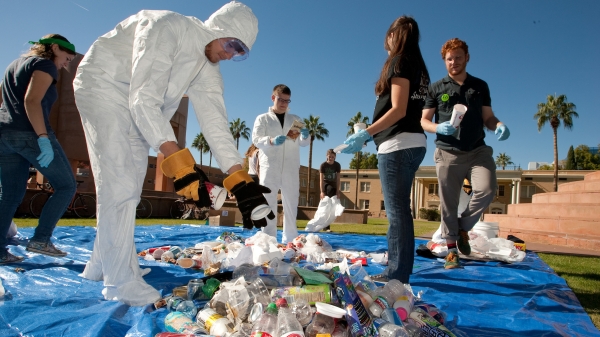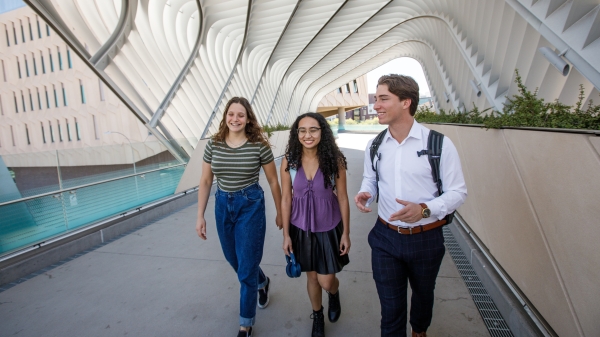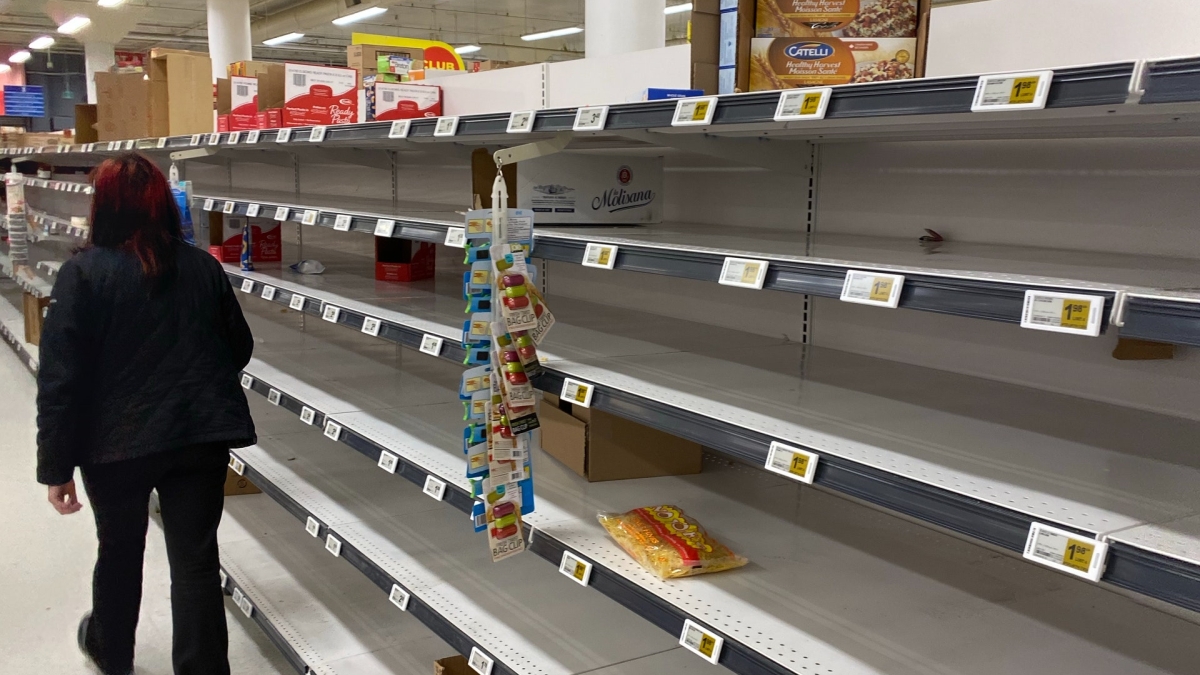Editor’s note: This story is featured in the 2022 year in review.
What are we out of? Everything.
Each day, a trip to the store reveals something new missing. Now it’s not just toilet paper. It’s cat food. Wire hangers at the dry cleaners. Instant ramen. Kosher salt. Old Bay Seasoning. Shopping for dinner has become cause for celebration when you get everything you need for the meal at one store, in one trip.
And then there are materials like lumber, steel and house paint. Ask anyone in the trades about doing a project and they will tell you to delay it if at all possible. Or products like cars and appliances. Car sellers are pleasantly surprised by offers these days; buyers much less so.
What’s causing it? More than you think. It’s not just the traffic jam at California ports of Los Angeles and Long Beach, although those make great visual for the evening news.
“This is a really interesting problem and most people don't understand it,” said Dale Rogers. “They only see a little piece of it, like all those ships out in the port of L.A., and they think, ‘Well, that's the problem.’ And that's like one-twentieth of the problem. There's a whole bunch of other parts of it.”
Rogers is the ON Semiconductor Professor of Business in the supply chain management department at Arizona State University, and a leading researcher in the fields of reverse logistics, sustainable supply chain management, supply chain finance and secondary markets.
Researchers like Rogers and his colleague Robert Wiedmer, an assistant professor and an expert in buyer/supplier relationships, supply chain network analysis, and supply chain network design and its association to performance, have suddenly gone from an obscure discipline to rock stars who are quoted on the front pages of national dailies. Supply chain is no longer the major you have to explain to your grandparents.
“I remember 20 years ago where a lot of research was very much focused on looking at, ‘Hey, here's my supplier and here's a buyer and I really don't care about the rest in between,’” Wiedmer said. “And the last two years, we realized there's so much stuff going on right in between.”
ASU News talked to both researchers about the many reasons behind the current state of the shelf.
It might not be the thing you want that’s not available; it’s something related
For example, there might be plenty of cat food, but a paucity of cat food cans. The shortages are not only based on a lack of raw materials or physical goods.
“I think that's a big lesson learned,” Wiedmer said. “It's about all these services that are required and supply chains as well, that are necessary to create a product. And I'm talking here about all the logistic services, right? All the tracking, all the shipping, all the loading and unloading, all the storing. If that's not there, even then, you cannot sell and create your product.”
Globalization’s blind side
We were in a phase of globalization that was far more global and complex than anyone suspected.
“We never really wondered what are potential side effects,” Wiedmer said. “Nobody predicted a global pandemic that would last for one and a half, two years. That was not on anyone's agenda, and suddenly it is. And then you realize, 'Oh, maybe we created a system that is so complex that we cannot really control it anymore.'”
Some of the factors that drive shelf shortages are obtuse and come from nowhere. Produce shortages, for instance. A new agricultural inspection program at the border and the Mexican minimum wage rising 22% in January are contributing to things like avocado prices being 100% more expensive than this time last year.
Exploding shipping costs
In some cases, it’s not that there’s a shortage of a product. It’s that the product is so cheap it doesn’t make sense to ship it here. Take wire hangers from the dry cleaners. (There’s a shortage of those right now. Ask your dry cleaner.) Two years ago, the cost of a container was about $2,000 a box to ship it from Shanghai to L.A. Right now, it's $15,000 to $20,000 a box.
“It's a huge change,” Rogers said. “And is it going to go back down to $2,000? I don't think so. I don't think it'll necessarily stay at $20,000. You know, the average value of the contents inside one of those containers is about $40,000 worth of stuff, some more, some less. Can you ship something to the U.S. and pay 20 grand? Half of the value of the stuff in the container? You can't really do that.”
Entire industries being sent overseas
Would it help if more manufacturing returned to the United States? In many industries, like textile and apparel manufacturing, the production capabilities are gone.
“Bringing that back is possible, but that will cost a lot of money and a lot of time,” Wiedmer said.
The semiconductor industry is the perfect example. Everyone from the White House to ASU is working hard on bringing it back to American shores. One big reason is it’s critical to the future of our economy.
“Most products depend on chips and semiconductors," Wiedmer said. Nobody cared about that two years ago. And sadly, we realized, 'Oh, maybe it's not good to be dependent on one small country such as Taiwan that is under a lot of pressure. Maybe it's not a good idea just to rely on suppliers on that little island.' ... Until those capacities are back online or ready to produce, it will take a couple of years.”
One way traffic
Trade flows are an issue. The U.S. doesn’t export as much stuff as it used to. Rogers has taken executives on port tours for years. One stop would be at the port of Oakland, California. Most shipping companies would steam across the Pacific, drop a load off in Long Beach, head to Oakland, pick up a load of Midwestern grain and lumber, and then go back to Asia. Oakland was the fourth-busiest port in the U.S. for decades. Now it’s the eigth, below Savannah, Georgia, and the Port of Houston.
“China took the trade war seriously,” Rogers said. “They're not really shipping stuff back too much. There's less exports going that way. Imports are up 31% from 2020, from 2020 to 2021 from China. What they're doing is they're coming into the port of L.A. and then turning around and they're skipping Oakland. They're not going to really have stuff to take back anyway. So there's this really huge imbalance of trade, which has exacerbated the cost. Because of the imbalance, the costs are worse. And it's really something that's not going to change because COVID gets over. It's a permanent difference now.”
Consolidation of distribution centers
Fifty years ago, a company might have had 20 to 25 distribution centers. In the last few years, they’ve gone to four or five. That is because of the square root law, which says as you increase the number of distribution centers in a network, you increase the amount of inventory you need to get the same customer service level coverage by the rate of the square root of the number of facilities. Putting drastically more inventory closer to consumers means companies want more inventory when factory output and shipping has been unreliable.
“To some extent, this is causing constipation,” Rogers said. “And also what do you do with the stuff when it's sort of out-of-date? It's a huge problem.”
So, how long will the pain last?
“Supply chain companies are quite innovative and find workarounds," Wiedmer said. "That will take time. It will cost money. So in the short term, we will feel the pain. And I think talking about inflation, we are talking about short-term shortages. So I think that will last for quite a while.
"Now, in the long run, will we solve all the shortage issues? Yes. I'm positive. No problem. I'm always saying don't underestimate the power of innovation. You know there are always ways around. And I think one thing we will see in the next couple of months and years, (is that) companies are willing to invest much more in technology, innovation and automation.”
Top photo courtesy of Pexels
More Environment and sustainability

Confusion complicates US recycling efforts
In most major cities and buildings, recycling bins can often be found alongside trash bins in an effort to encourage recycling. But is it working? According to the U.S. Environmental Protection…

ASU empowers students to build a thriving global future
At Arizona State University, leadership has made tremendous efforts to create programs and initiatives aimed at supporting a healthy planet and thriving future for all life — and now, more than ever…

Colorado River becomes an outdoor classroom for these middle school students
Griffin Freburg doesn’t usually look forward to science class. But on a sunny day in March, the eighth grader changed his tune. Concepts that were usually explained in long paragraphs in a textbook…
